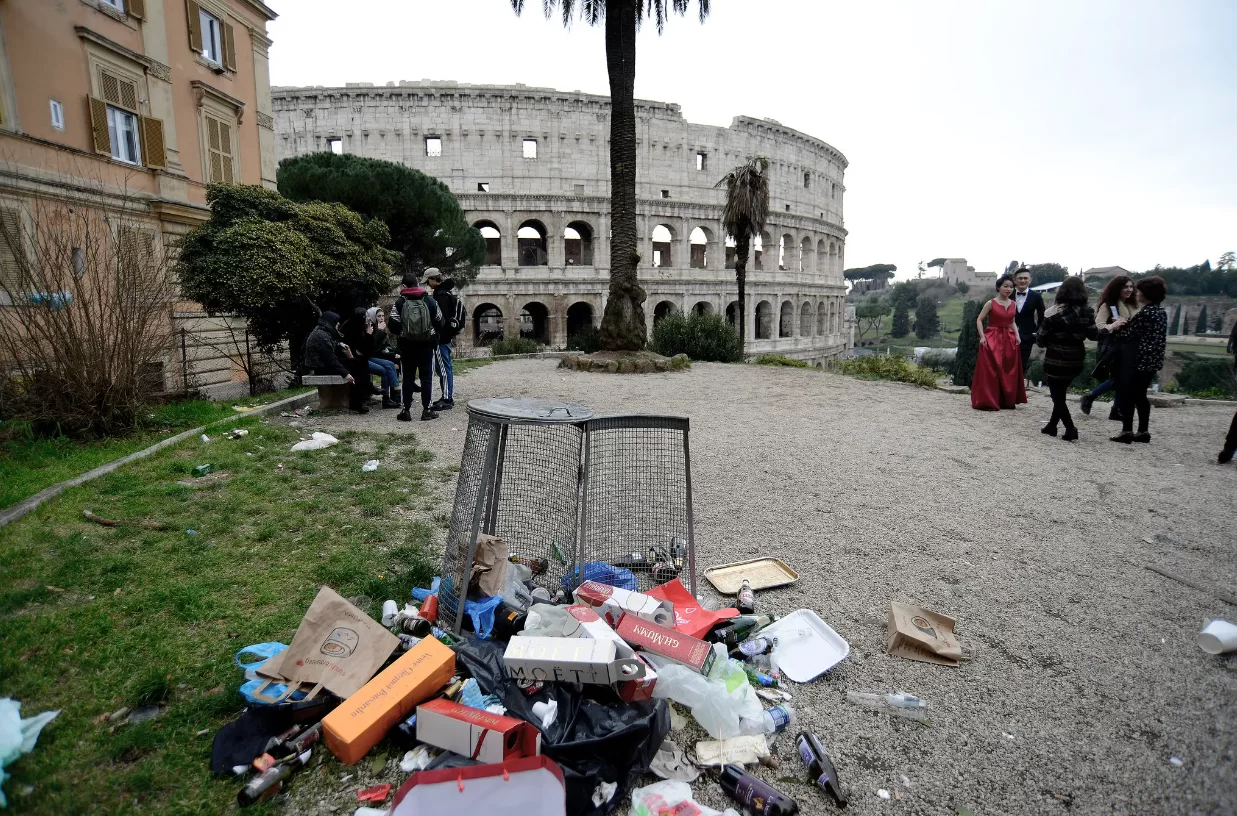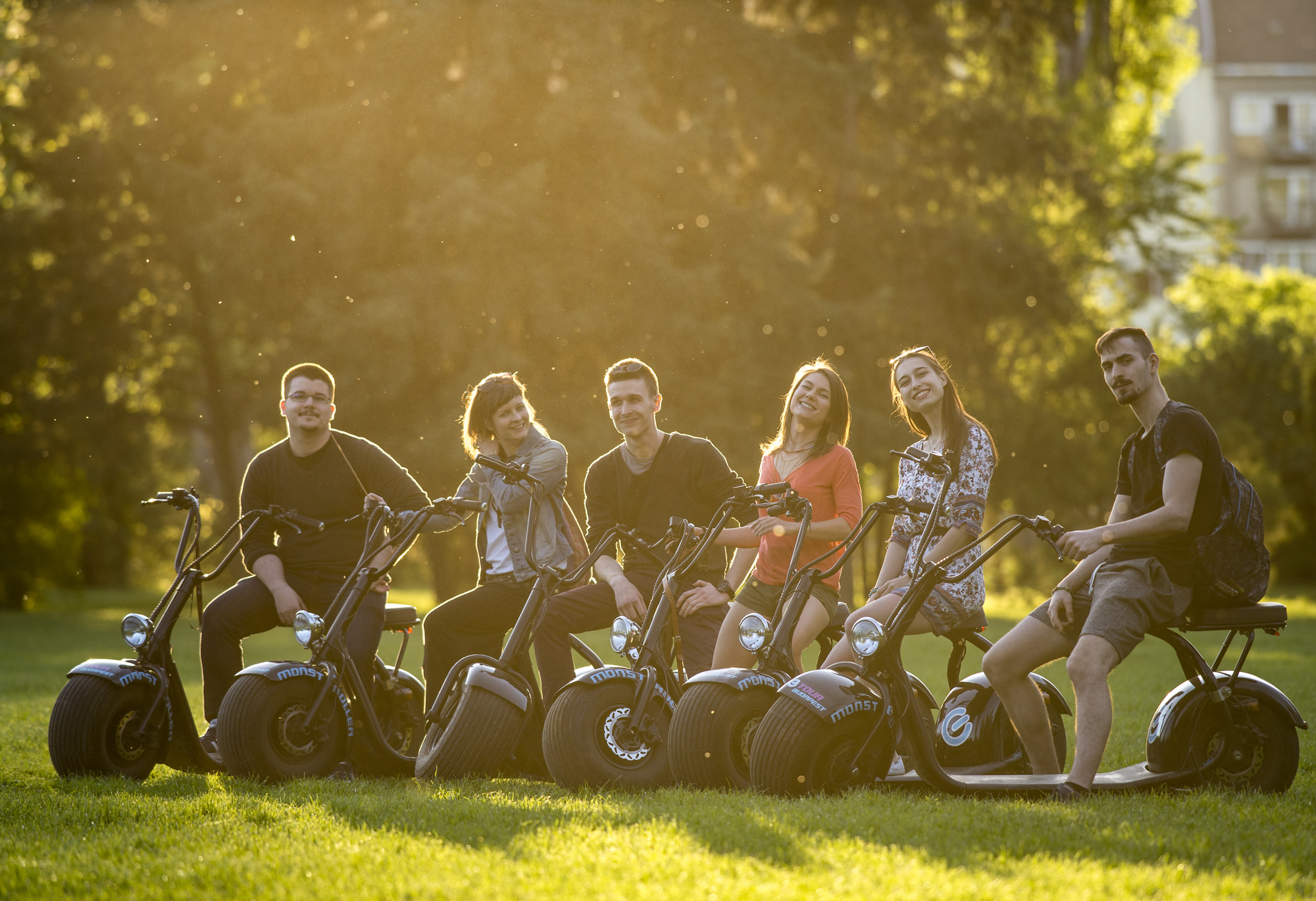Being environmentally aware is becoming more widespread and instead of a trend or movement, it became part of our everyday life. The good habits we established should be with us when we travel somewhere else too. This is what sustainable tourism, ecotourism and reasonable tourism are all about. Being environmentally friendly and enjoying your holiday are not two separate things, you can do them both. In this article, we summarize the most important definitions and terms in connection with sustainable tourism, and what means of transportation you can choose when you are visiting a new city—in this case, the capital of Hungary—if you want to be environmentally friendly and a responsible traveller.
What is sustainable tourism?
Sustainable tourism is a widely acknowledged term nowadays, but it has its origins in the 1960s and 70s. Mass tourism started to emerge at this time and from responsible tourism came the idea of sustainable tourism. It was the initiative of the European Travel Commission in 1973 to make tourism more environmentally friendly. So sustainable tourism is more like a movement than just a simple term or definition. It requires a lot of research to measure the negative effects of mass tourism and to observe the impact of responsible tourism as well. The aim of the movement is to minimize the negative effects of travelling while trying to maximize the positive impacts, like job creation, cultural heritage preservation and landscape restoration.

Source: envato.com
However, the sustainable tourism movement is even more than that. Under this definition, we also talk about sustainable development. With tourism, we can potentially make a lot of negative impact on our surroundings, and with these actions, we also influence the lives of future generations in a negative way. Sustainable tourism is also about minimizing these actions and preserving wildlife and nature for our kids and for a better and healthier future.
Note: If you would like to learn more about sustainable tourism, visit the pages of the UN Environment Program and the UN World Tourism Organisation.
Ecotourism: is it the same?
Ecotourism on the other hand is not a movement, but a type of travelling around. The term first appeared in the 1980s. When we talk about ecotourism, we think about hiking and camping, when the aim of travelling is to learn about nature and has a significantly low impact on its surroundings. Ecotourism can also contribute to the conservation of natural areas. There are also principles of ecotourism that could help us understand this way of travelling:
- Minimizing the physical and social effects on your natural surroundings.
- Be aware of the locals and their traditions.
- Generate and provide financial benefits for the local industry and people etc.
Note: If you would like to know more about ecotourism, visit the page of The International Ecotourism Society.
How to travel responsibly?
As we mentioned above, the term sustainable tourism came from responsible tourism. The phenomenon of mass tourism is not new, and before Covid-19 we had tons of options and opportunities to travel whenever and wherever we wanted to. This led to what is called overtourism. A typical and still sad example is Rome. Collecting waste and garbage has always been a problem in Rome, but in the past few years, the situation was unbearable. Pictures and photos emerged of the streets of Rome full of garbage and the green areas next to the Colosseum covered with waste.
Responsible tourism is about minimising these negative effects, not only environmentally, but socially, culturally, and economically too. The term refers to a travelling style, we are aware of the locals, and their traditions and we try to make travelling more sustainable for them, and not just for ourselves. Responsible tourism is more like a duty we all should hold ourselves to.
Note: Just like in ecotourism, there are principles in responsible tourism as well. If you would like to know more about them, visit the page of the World Committee on Tourism Ethics (WCTE).
Difference between Sustainable Tourism, Ecotourism, and Responsible Travel
We tried to cover the basic terms of sustainable tourism, ecotourism, and responsible tourism above. So, just to sum it up here, these terms are quite different from each other. While ecotourism is a form of travel, when you only visit and hike in natural areas, responsible tourism is a way of thinking and style of travel, when you are aware of your circumstances and try not to make a negative effect on them. Finally, sustainable tourism is not a form or way of tourism, but it is in connection with the tourism industry itself to make it more sustainable for the environment and future generations as well.

Source: nytimes.com
Explaining the GSTC Criteria
THE GSTC Criteria is unfortunately not common knowledge, as we rarely encounter this term during our everyday lives. However, we’re here to help! The GSTC stands for global standards for sustainability in travel and tourism. These standards stand on four pillars: sustainable management, socioeconomic impacts, cultural impacts, and environmental impacts. This term is used to educate people on these issues, make policies in this field, and help organisations and businesses and they are a basis for certifications too. These criteria are the minimum we can do for sustainable tourism, and not the maximum, so this is an important indicator when we learn about these principles.
How is sustainable tourism related to it?
As we mentioned, these standards are the basis for several certifications, and they were developed to be used by the ISEAL Alliance. The ISEAL Alliance is an international organisation which promotes sustainable development and provides guidance for all industries and sectors on how to apply these standards in their sectors. These are the minimum terms any business, government or industry should achieve. As every nation, every culture, and every tourist destination has its own traditions and customs, these standards were made to be adaptable to these circumstances. The ISO standards you may have heard about are also coming from the ISEAL Alliance. They apply to several types of machinery and IT sectors too.
E-Magine Tours as a conscious choice
At E-Magine Tours we have always wanted to provide an alternative means of transportation that is environmentally friendly in more than just one way. The electric scooters we have consume a fraction of the electricity compared to cars, but they can still safely travel up to 30 kms with one charge which is more than enough for most city trips. Nowadays we are living through a constant energy crisis and being considerate of the amount of energy you use is always important. Whether you think about saving money, being more environmentally friendly or both, electric scooters are a great choice. Not to mention the fact that they are zero-emission vehicles. Other tour options like a tour bus, tuk-tuk or car ride, all emit carbon dioxide to the atmosphere. The e-scooters don’t!
If you have an e-scooter at home, the ones we have at E-Magine Tours are quite similar in many ways, although the design of our MonsteRollers is quite unique with their wide tires, low platforms and seat. When we travel, we often try to focus only on our own needs, being spontaneous and living in the moment. You should be all of these when you enjoy your holiday, however, being aware of your circumstances is not only good for you but beneficial for those who live there. With our e-scooters, you will be rolling through the city silently at a fast, but safe pace too. The noise pollution in the city centre of Budapest is also a problem, so we offer an alternative that does not contribute to this phenomenon. This way you will be travelling in the city in an environmentally friendly way.

However, for us, sustainable tourism doesn’t only mean that we use electric vehicles that use less energy and cause less noise. In most countries, you can see bikes and e-scooters around the cities which are commonly used by tourists and young people. You just have to download an app and pay for the amount of travel you do with it. Then most of the time these vehicles are left around the city where they block traffic. Sustainable tourism is also about being aware of your surroundings and the local people. With our guided tours there are no vehicles left behind.
Note: Being environmentally friendly is not just about the type of vehicles you choose. If you are visiting Budapest and would like to be responsible when you travel, you can always collect your waste selectively, as there are many selective waste containers in the city. Also, when you are visiting a new place, you can do a quick check to see the traditions and habits the locals have, so you won’t offend anyone during your stay. If you’re in Budapest, eat local! Do you know the phrase “localvore’? It means that you choose restaurants based on if they use local and seasonal ingredients. And if you really want to kick up your environmentally conscious efforts a notch, you should try choosing vegan or vegetarian options from the menu!
Summary
Visiting Budapest at any time of the year is always a great choice. When you plan your time, you should also look for the best ways to see the sights and go around the city, especially if it is your first time coming to the Hungarian capital. However, don’t forget that even if you travel, you should be considerate of the environment and the locals too. That is why we offer some alternative ways when we talk about the means of transportation. The electric scooters at E-Magine Tours are comfortable and safe, also environmentally friendly, and silent vehicles. With our guided tours, you won’t be leaving them at a place where they might not belong, and you will be maximizing the positive impacts of your travel. This is how sustainable tourism works!







